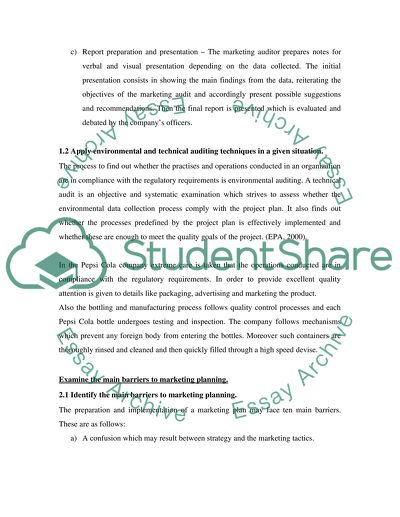Cite this document
(“Marketing planning Essay Example | Topics and Well Written Essays - 2750 words”, n.d.)
Retrieved from https://studentshare.org/literature/1424906-marketing-planning
Retrieved from https://studentshare.org/literature/1424906-marketing-planning
(Marketing Planning Essay Example | Topics and Well Written Essays - 2750 Words)
https://studentshare.org/literature/1424906-marketing-planning.
https://studentshare.org/literature/1424906-marketing-planning.
“Marketing Planning Essay Example | Topics and Well Written Essays - 2750 Words”, n.d. https://studentshare.org/literature/1424906-marketing-planning.


